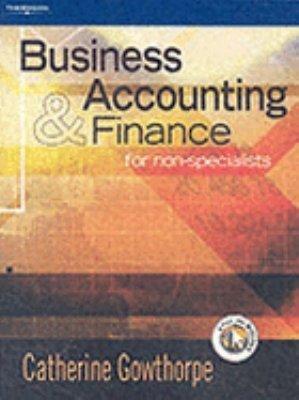10.9A Debra is in business producing household linen. She buys in plain fabrics, dyes them and makes...
Question:
10.9A Debra is in business producing household linen. She buys in plain fabrics, dyes them and makes them up into table and bed linen. Her small factory employs six people, five of whom are directly involved in dyeing and stitching. The sixth splits her time evenly between administration and production supervision. Her wages of £9210 are split 50:50 between administration expense and production supervision expense.
Last year Debra's business made a net profit margin of 14.6% on turnover of £217 414. For this year, the year to 31 March 20X5, Debra knows that she has made slightly more in sales, but suspects that her net profit margin percentage has fallen.
From the list of relevant balances given below, prepare a manufacturing account and a profit and loss account for Debra's business for the year ending 31 March 20X5. Calculate the net profit margin percentage, and the percentage change in net profit from 20X4 to 20X5.
£
Administration/production supervision wages 9210 Purchases of fabrics 65 069 Purchases of dyes, ribbons and other trimmings 7821 Purchases of packaging materials 6 988 Factory rental 13 750 Factory cleaning 3 700 Secretarial salary 7 935 Sundry factory expenses 2 475 Sales Rental of office and other premises costs Electricity - offices Factory heat and light Factory wages - direct labour Factory security services Office telephone charges Travelling expenses Distribution expenses Stationery and office supplies Accountancy, tax and legal advice Sundry office expenses Opening stock at 1 April 20X4 £
218930 6 339 990 4655 42 373 1 250 1 576 1 653 4 772 871 1 350 378 Raw materials: fabrics Raw materials: dyes, ribbons, etc.
Raw materials: packaging 5 900 1 360 936 16 330 Finished goods stock Closing stock at 31 March 20X5 Raw materials: fabrics Raw materials: dyes, ribbons, etc. Raw materials: packaging Finished goods stock 8 208 1 241 1 407 15212 The following should be noted:
1. Debra makes sure that there is no work-in-progress stock in the factory at the accounting year-end.
2. The business has machinery at cost of £44200. A depreciation charge of 10% on cost is to be included in the accounts for the year ending 31 March 20X5.
3. The business owns factory fixtures that cost £11 500. A depreciation charge of 10% on cost is to be included in the accounts for the year ending 31 March 20X5.
4. The business owns a van that is depreciated on the reducing balance basis at the rate of 25% per annum. The net book value of the van at 1 April 20X4 was £9788, and an adjustment for van depreciation will be required in the accounts for the year ending 31 March 20X5.
5. An electricity bill for office electricity consumption for the three months to 31 March 20X5 must be accrued. The bill is for £330.
Step by Step Answer:

Business Accounting And Finance For Non Specialists
ISBN: 9781861528728
1st Edition
Authors: Catherine Gowthorpe





